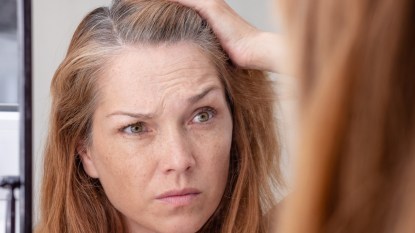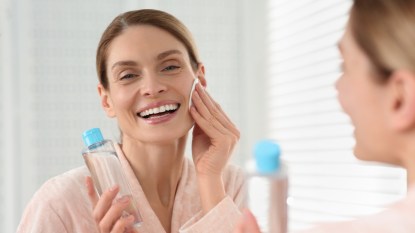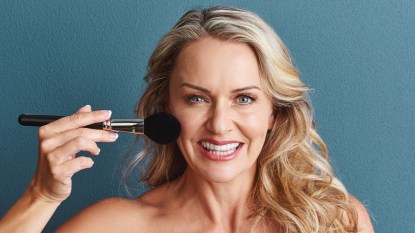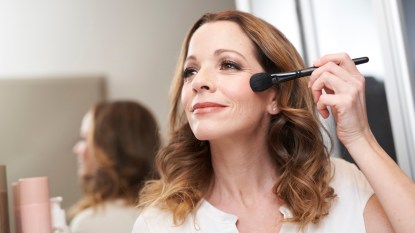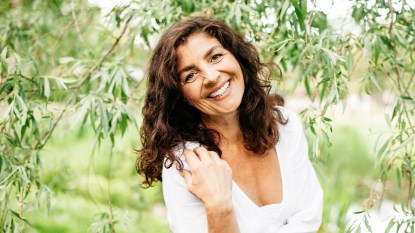Skin Lightening vs. Skin Brightening: Which Approach Is Right for You?
Experts decode the differences between the two
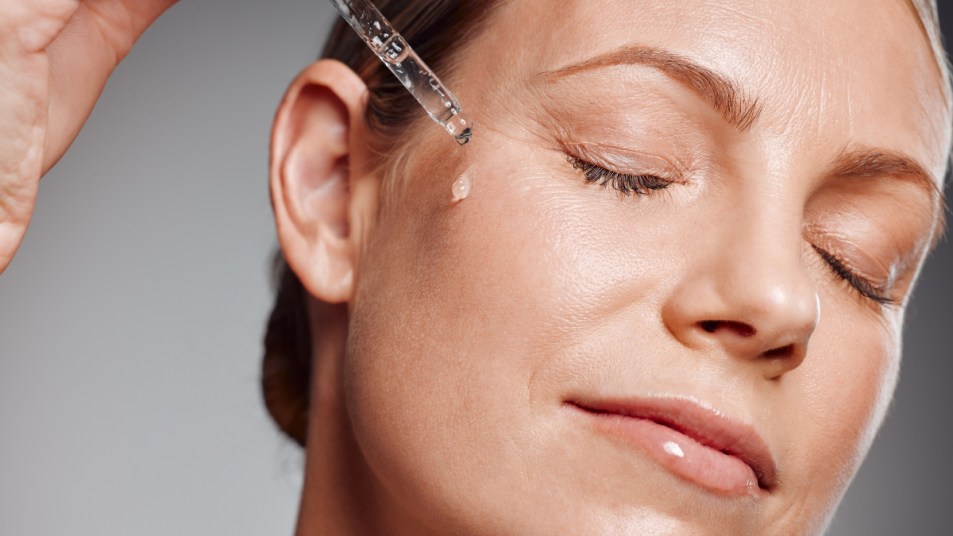
If you’ve heard the terms “skin lightening” and “skin brightening,” you may be inclined to think they’re the same thing. But experts warn there are important differences, and it’s essential to understand these differences between skin lightening and skin brightening.
“These terms can be very confusing to the consumer because they are often used interchangeably by skincare brands,” says skincare influencer and aesthetician Cassandra Bankson. “But there are differences,” she stresses.
“Skin lightening is trying to change or lighten your skin color using lightening creams or makeup that is too light for the skin to give an illusion of a lighter tone,” explains Bankson. “Skin brightening refers to the desire for a glowing and even complexion.”
Both of these methods can target both the superficial and deeper layers of the skin.
So what exactly does each entail, and what do we need to look for? We tapped Bankson, along with celebrity aesthetician Joanna Vargas who works with stars like Maggie Gyllenhaal, and dermatologists Jodi LoGerfo, DNP, APRN, FNP-C and Mariano Busso, MD, to sort it out.
What is skin lightening?
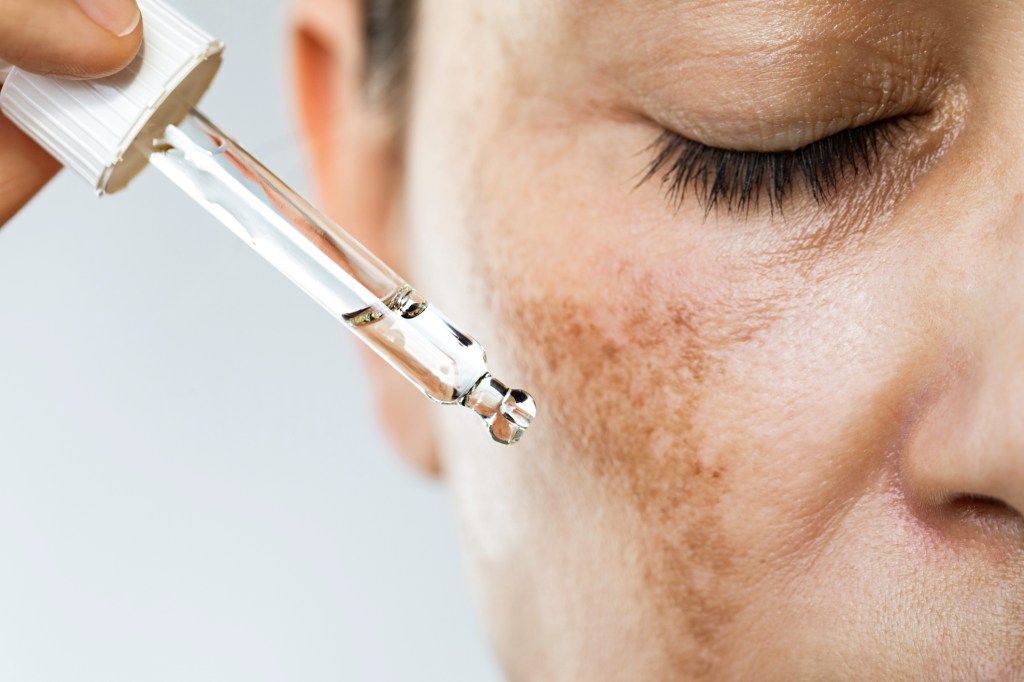
Dr. LoGerfo explains that skin-lightening products can address stubborn hyperpigmentation issues such as dark spots, melasma or uneven skin tone caused by sun damage, hormonal changes or scarring. “Skin-lightening agents are applied directly to the affected areas and inhibit melanin production, the pigment responsible for skin color, hair and eyes,” she explains. “By reducing melanin production, these treatments can help even out the skin tone and permanently minimize the appearance of pigmentation irregularities.”
Skin lightening may also be pursued to manage certain skin conditions, such as vitiligo, where patches of skin lose their pigment, resulting in lighter areas compared to the surrounding skin.
Hydroquinone for skin lightening
Some common skin-lightening methods include topical creams, lotions and serums. “Skin-lightening products usually contain ingredients that help to lighten or whiten the skin, the most common being hydroquinone,” says Dr. LoGerfo, explaining that hydroquinone works by blocking tyrosine, an amino acid in the body that plays a major role in synthesizing melanin.
“Hydroquinone is used as a first-line treatment for mild melasma and hyperpigmentation,” says Dr. LoGerfo. “It can be purchased over the counter and applied to the affected area one to two times a day for up to 6 months. Then, a maintenance regimen can be followed that includes using a broad-spectrum sunscreen daily and using the hydroquinone two to three times a week on darker spots,” she advises.
Licorice extract
Licorice extract is another common lightening ingredient because it contains glabridin, a compound that inhibits tyrosinase activity. It helps lighten dark spots and even out skin tone while soothing and calming the skin.
What not to use for skin lightening
While the above ingredients are considered a safer approach to skin lightening, Bankson warns that more extreme methods, like bleaching creams, can do more harm than good.
“Using these is adding very powerful, potentially harmful products to the skin’s surface that bleach melanin and kill the pigment-producing cells. Unfortunately, this can often happen unevenly,” says Bankson.
Overall, if you want to play it safe, makeup is the safest bet to lessen the appearance of darker and uneven skin. “It can be removed or washed off at the end of the day without potentially harmful side effects, such as skin cancer, uneven pigment and photosensitivity that skin bleaching can cause,” says Bankson.
Related: 9 Skincare-Infused Makeup Products to Give You an Immediate Glow + Lasting Benefits
What is skin brightening?
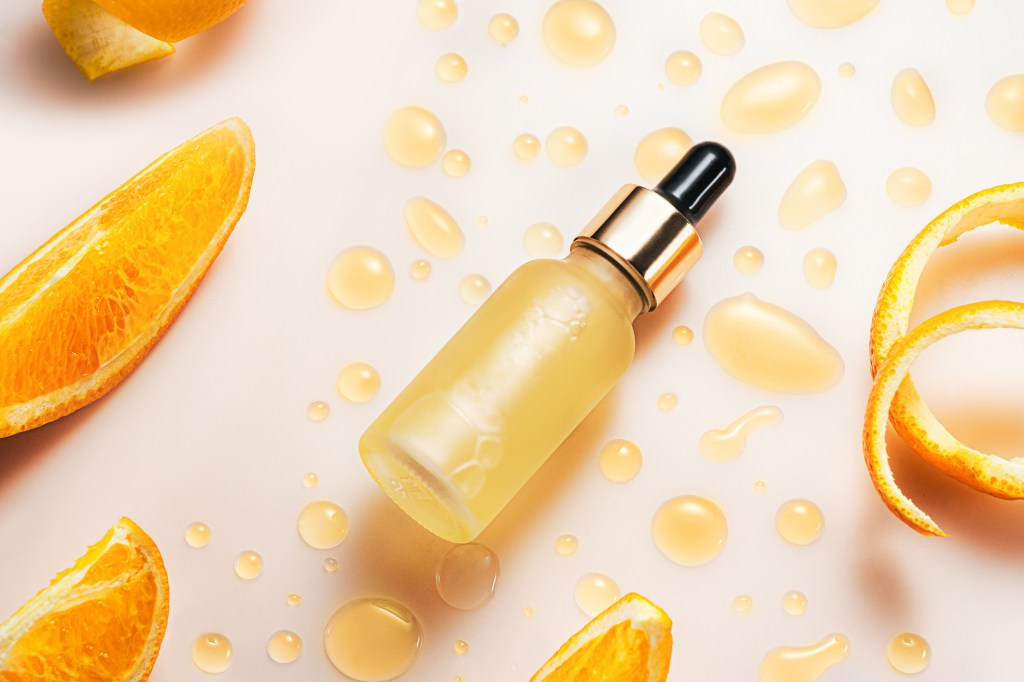
Skin brightening refers to enhancing the skin’s radiance, luminosity and overall complexion without necessarily altering its natural color. “Unlike skin lightening, which focuses on reducing melanin production to achieve a lighter complexion, skin brightening aims to improve the skin’s clarity, evenness and glow by addressing issues such as dullness, dark spots and uneven tone,” explains Bankson.
Related: “I’m a Dermatologist and Doing These 4 Steps Every Morning Ensures a Youthful Glow All Day!”
Skin brightening treatments can also help fade dark spots, reduce hyperpigmentation and improve overall skin texture. They can make the skin appear smoother, softer and even more youthful, creating a luminous and radiant complexion — but they won’t necessarily be a permanent approach or treat darker, more stubborn spots.
“Brighter skin usually has a healthier look due to exfoliation or resurfacing, and it certainly makes your skincare products penetrate better, too,” attests Vargas.
Related: Glass Skin Is the Viral Beauty Trend That’ll Leave You Glowing — Here’s How to Get It
Experts say there are several methods to brighten the skin. They include:
Topical treatments: This includes serums, creams and lotions containing brightening agents like vitamin C or beta and alpha hydroxy acids like glycolic and salicylic, lactic acid and retinoids, which are applied directly to the skin.
Chemical peels: These are professional treatments that involve applying a chemical solution to the skin. The solution exfoliates the outer layer to reveal brighter, smoother skin underneath.
Microdermabrasion: This professional procedure uses a device to gently exfoliate the outer layer of skin, stimulating cell turnover and promoting a brighter complexion.
Laser therapy: Certain laser treatments can target areas of hyperpigmentation and stimulate collagen production, resulting in brighter, more even-toned skin.
Professional facials: Facials that include exfoliation, extraction and brightening masks can help improve skin brightness and clarity.
Skin brightening products often contain various ingredients that work synergistically to improve skin tone, reduce hyperpigmentation and enhance overall radiance, says Vargas. She makes her own namesake exfoliating mask, which contains lactic acid, pineapple enzymes, kojic acid and pumice to help brighten regularly and can be used twice weekly.
Common ingredients found in skin-brightening products
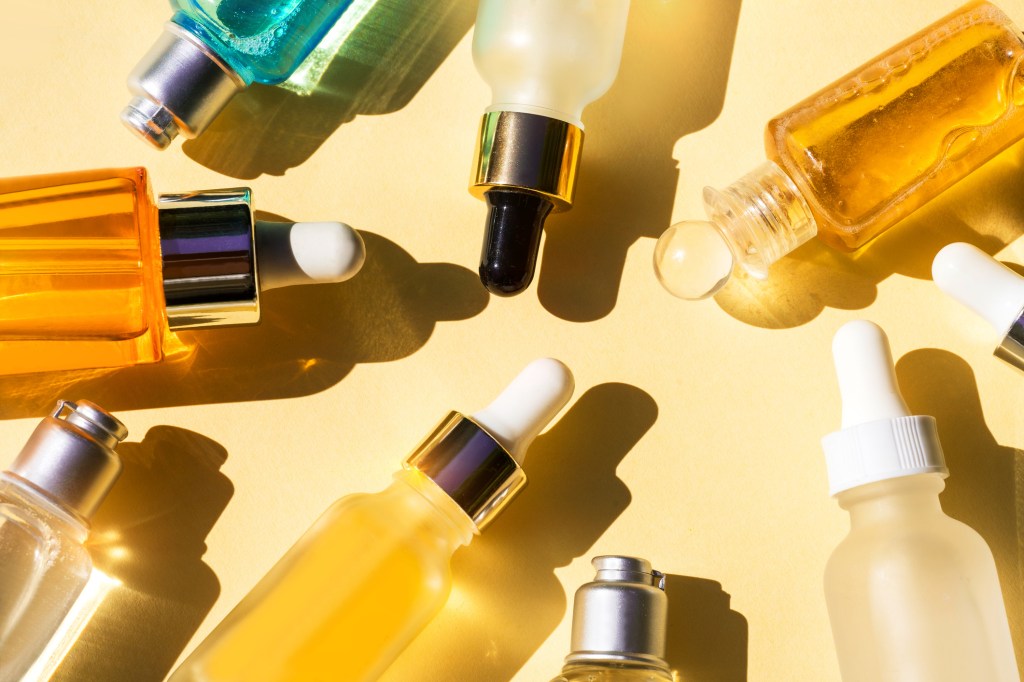
Vitamin C (ascorbic acid): Vitamin C is a potent antioxidant that helps brighten the skin by inhibiting melanin production, reducing the appearance of dark spots and promoting collagen synthesis for a more even complexion.
Niacinamide (vitamin B3): Niacinamide is a buzz-worthy ingredient known for its ability to reduce hyperpigmentation, regulate sebum production and improve skin texture and elasticity. It also helps strengthen the skin’s barrier function, resulting in a brighter and more resilient complexion.
Alpha hydroxy acids (AHAs): AHAs such as glycolic, lactic and mandelic acids exfoliate the skin by removing dead skin cells, promoting cell turnover and revealing brighter, smoother skin. They also help fade dark spots and improve overall skin tone.
Related: Skincare’s Best-Kept Secret For Hydrated, Plump + Glowing Skin Instantly? Glycerin
Beta hydroxy acid (BHA): Salicylic acid is a BHA that penetrates deep into the pores to unclog them, prevent acne and reduce inflammation. It also has mild exfoliating properties, which can help improve skin brightness and clarity.
Kojic acid: Kojic acid is a natural skin-lightening agent derived from certain fungi. It inhibits melanin production in the skin, effectively reducing hyperpigmentation and dark spots.
Retinoids: Retinoids such as retinol and retinyl palmitate are derivatives of vitamin A that promote cell turnover, stimulate collagen production and improve skin texture. They can help fade dark spots, reduce hyperpigmentation and enhance skin brightness.
Related: Retinol for Body: How to Ensure All of Your Skin Looks Younger
Skin brightening is often considered a safer approach to skincare than skin lightening, as it focuses on enhancing the skin’s natural beauty and radiance rather than altering its fundamental pigmentation.
Related: Best Clean Beauty Swaps for Gorgeous Skin and Hair Without Harsh Chemicals
How do we know which is better for us, skin lightening or skin brightening?
Whether treating dark spots or just combatting dull skin, the treatment often requires combining products. This means you could be using several products for brightening and one or two for lightening.
“Individuals with facial pigmentation issues, such as melasma or blemishes, like post-inflammatory hyperpigmentation — pigmentation that occurs after an inflammation — should start their treatment by avoiding the sun and wearing daily sun protection. Then, a lightening treatment can be initiated,” advises Dr. Busso.
Most brightening ingredients are essential in any skincare routine and can benefit anyone. “They include sunscreens, retinoids, antioxidants and exfoliating compounds. A good skincare routine will include these topicals and a bleaching compound if there are pigment issues or if more glow is desired,” he adds.
Consulting with a dermatologist or skincare professional can help you determine the most suitable brightening and/or lightening regimen for your skin type and concerns.
For more skincare secrets, click through these stories:
Does Oil Gritting Really Remove Blackheads? Skin Pros Weigh In on the Viral Trend
“I Tried Skin Cycling and Was Amazed at How Smooth and Glowing My Skin Looks Now”
Say Goodbye to Redness, Bumps & Irritation — Dermatologists Reveal How to Get Rid of Rosacea


